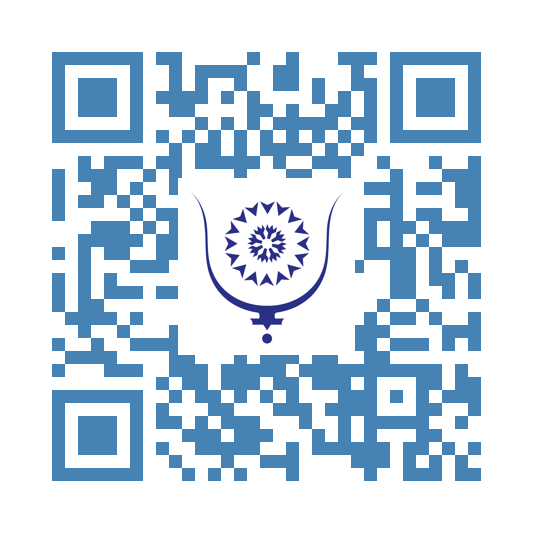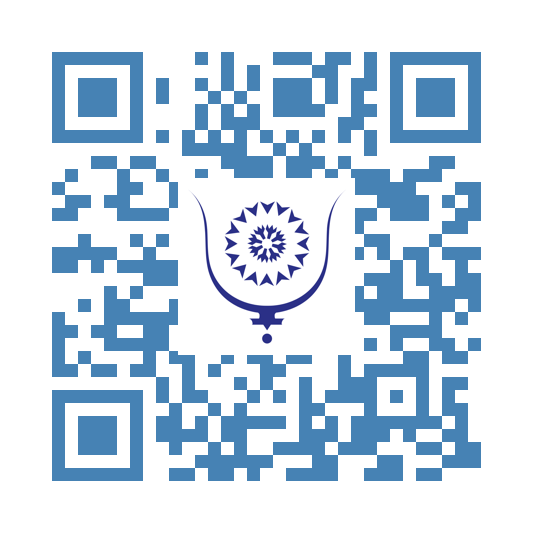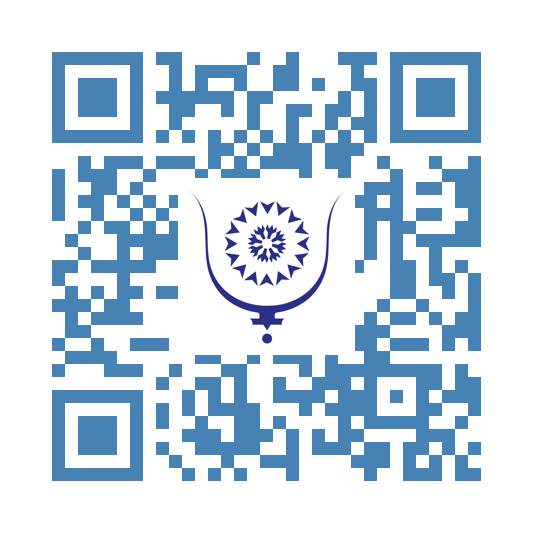Ahmed Faras, légende éternelle du football marocain 337
J’ai eu la chance de connaître Ahmed Faras. Il m’est insupportable d’en parler au passé, lui qui en a fait partie depuis fort longtemps. Cela faisait longtemps qu’il n’avait pas touché un ballon. Peu sont encore vivants, ceux qui l’ont vu jouer, ceux qui, des rencontres durant, attendaient son dribble, son débordement, son tir, son but.
Faras, ce fut un homme hors pair, d’une timidité et d’une retenue invraisemblables. Même présent quelque part, il était toujours à l’écart : discret, courtois, gentil, d’une sensibilité, d’une affectivité et d’une grande susceptibilité.
Mais Faras fera toujours partie du présent. C’est une véritable légende du football marocain et africain ; les légendes ne meurent pas.
Fedala l’a vu naître en plein froid de décembre 1947. Mohammédia sera sa ville et le Chabab son club éternel. À l’époque, point de mercato, point de transhumance, point de mercenariat footballistique. On naissait dans un club, on y apprenait à jouer et on y restait. Son tempérament n’était pas celui d’un attaquant : point d’agressivité, point de ruse. Il compensait par son génie et n’avait point besoin de simulation, de roulades par terre pour amadouer un arbitre et créer la confusion. Son génie lui épargnait tout cela. Il fut un attaquant exceptionnel qui a marqué l’histoire du football national et continental. La pelouse du terrain El Bachir va l’aider. C’était la meilleure du Maroc à cette époque.
Ahmed Faras est le fruit d’une génération formée dans le contexte structurant des écoles de sport du Ministère de la Jeunesse et des Sports. Un concept que les soi-disant réformes administratives et politiques ont tué, et pourtant c’est là que se formaient les champions du Maroc, tous sports confondus. Sa trajectoire débutante est marquée par l’encadrement de formateurs réputés comme Lakhmiri, qui a contribué à façonner de nombreux talents marocains. Ce socle solide lui a permis de développer très tôt des qualités techniques et un sens du collectif qui deviendront la marque de son jeu.
Ahmed Faras a joué toute sa carrière au sein du club Chabab Mohammédia, de 1965 à 1982, sans jamais avoir eu un contrat professionnel. Cela n’existait pas encore au Maroc. Pas besoin de vous parler de ses primes à la signature, ni celles des résultats, même en équipe nationale. Sa fidélité au Chabab est remarquable. Il en fera un club champion du Maroc, et en sera le meilleur buteur. Il entraînera dans son sillage vers les sommets ses copains de jeu, Acila, Glaoua, Haddadi et j’en passe.
Faras fut un pilier de l’équipe du Maroc. Avec 36 buts en 94 sélections, quel buteur historique des Lions de l’Atlas ! Il fut capitaine de l’équipe nationale pendant huit années et participa à la Coupe du Monde 1970 au Mexique ainsi qu’aux Jeux Olympiques de Munich en 1972.
En 1975, Ahmed Faras entra dans la légende en devenant le premier Marocain à recevoir le Ballon d’Or africain, une récompense qui soulignait la qualité et la constance de son jeu. Cette distinction le plaça parmi les plus grands joueurs du continent, en pleine compétition avec des stars africaines de haut niveau. On parla de transfert au Real...mais à l'époque il était interdit à un jeune joueur du championnat marocain de quitte le pays pour jouer à l'étranger sous peine de ne plus être sélectionné en équipe nationale. On pensait ainsi consolider le football national...
Le point d’orgue de sa carrière fut sans doute la Coupe d’Afrique des Nations (CAN) 1976, remportée par le Maroc en Éthiopie. Faras fut le leader sur le terrain, le meilleur buteur du tournoi, et son influence fut déterminante pour ce triomphe historique, le seul titre africain majeur du Maroc à ce jour. Il marqua des buts cruciaux contre le Nigeria et l’Égypte dans cette compétition, incarnant le rôle de meneur d’hommes et de stratège sur le terrain. Il est aujourd’hui encore le seul capitaine marocain à avoir soulevé le trophée africain tant convoité.
J’ai été quelques fois sur ce terrain d’Addis-Abeba où il avait soulevé le trophée, et à chaque fois, son image s’impose à moi. Un noir et blanc indélébile, mais gravé à jamais dans l’histoire du Royaume et dans la mémoire des Marocains de l’époque qui avait suivi le match par la voix d'un certain Ahmed Elgharbi...point de direct à l'époque.
Il fut un capitaine respecté et écouté, avec de grands entraîneurs, Abdelkader Lakhmiri, Blagoe Vidinic, Abdellah Settati, Jabrane et notamment Gheorghe Mardarescu durant cette épopée dans le pays de l'Empereur Haile Selassié . Son charisme et sa vision du jeu furent primordiaux pour fédérer l’équipe et la conduire au sommet du continent africain. Faras incarna l’esprit de conquête et la fierté nationale tout au long de la compétition. L’équipe était sélectionnée et conduite par un dirigeant hors pair également, le Colonel Mehdi Belmejdoub.
Son nom reste attaché à cette conquête légendaire, symbole du potentiel du football marocain lorsqu’il est mené par un leadership exemplaire, des dirigeants connaisseurs et dévoués, et des joueurs véritables combattants pour les couleurs d’un maillot.
Ahmed Faras n’était pas seulement un joueur de talent. Après sa retraite, il a continué à transmettre sa passion en s’impliquant dans la formation des jeunes, partageant son savoir et son amour du football avec la nouvelle génération. Il a été une source d’inspiration pour tant de générations de joueurs.
Côtoyer Lhaj Ahmed Faras, c’est côtoyer un symbole de loyauté, de talent et de leadership unique dans le paysage sportif marocain. Son nom reste gravé dans la mémoire collective comme celui d’un géant du football, dont l’héritage dépasse les frontières du sport pour inspirer des générations entières.
Repose en paix mon ami. Un jour, un grand stade de football du pays portera ton nom, et il le portera bien si les joueurs observaient ton exemple, en suivant ta trajectoire, en respectant ta carrière et si le public se montre à la hauteur, en déférence à ton grand nom.
Si Lhaj Ahmed Fars, si jamais tu rencontres Acila là-haut, dis-lui de te faire encore une petite passe, et dis à Glaoua de bien défendre...
Saches que ton étoile brille et brillera toujours au dessus de no tête dans le ciel du beau pays que tu as tant chéri.




